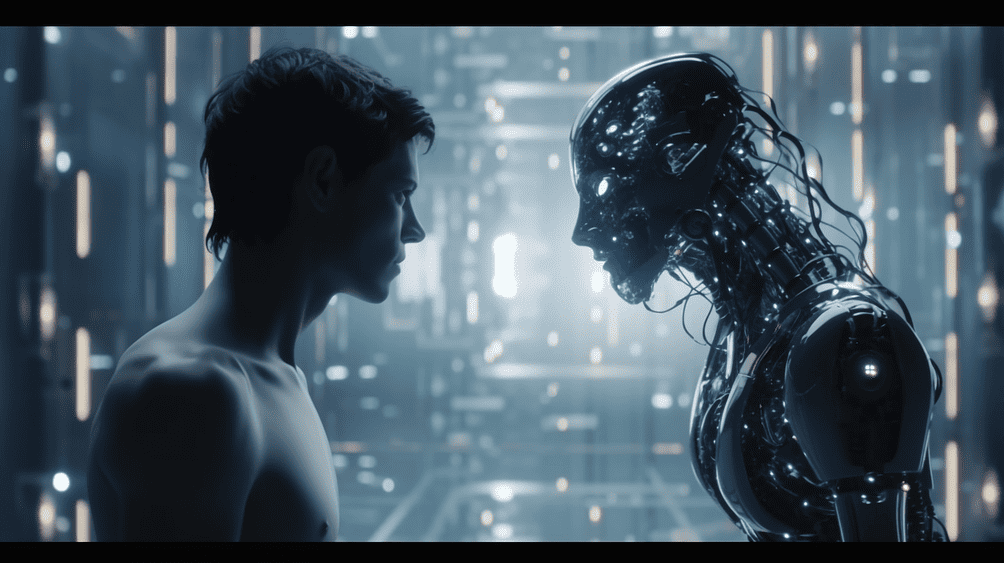
The popular notion has been that Web 3.0 will be defined by blockchain and decentralisation. As we can see now this is wrong. Although blockchain has been around for over a decade, it has not significantly impacted traditional web services. Instead the rise of AI and its creative capabilities will shape the future of the web. Web 3.0, dubbed “the thinking web,” will feature co-creation between humans and AI-powered applications, further centralising the internet as AI requires massive computational power provided by a handful of large companies.
Blockchain’s limited impact on decentralisation
Despite initial enthusiasm around blockchain technology as a driver of Web 3.0, its adoption has remained limited to niche applications. The most prominent use case, cryptocurrency, has even shifted towards centralisation, with a few large exchanges handling the majority of transactions. As a result, the dream of a decentralised internet powered by blockchain seems to be fading.
However, this does not mean that the concept of Web 3.0 is dead. Rather, it has evolved, and the role of Artificial Intelligence (AI) has become more prominent in shaping the future of the internet.
AI: The new driving force behind web 3.0
As the internet enters the era of Web 3.0, AI is emerging as one of the fundamental building blocks of the Semantic Web. With advanced capabilities such as deep learning algorithms and natural language processing (NLP), AI is set to redefine user experiences through better content recommendations and improved human-machine interactions.
AI-powered recommendation engines are already being employed on popular platforms like Amazon and Netflix, with the latter attributing 80% of viewer activity to its recommendation engine. As we progress further into Web 3.0, AI-based recommendation engines will become more advanced, offering users a more personalised and intuitive experience.
Centralisation and the ethical dilemmas of web 3.0
One of the main concerns surrounding the emergence of a centralised Web 3.0 is the potential for a few powerful corporations to dominate the landscape. While a centralised system may offer certain advantages, such as more robust infrastructure and greater efficiency, it also raises serious ethical and social questions.
Centralisation can lead to the concentration of power in the hands of a few entities, which may stifle innovation, limit consumer choice, and lead to privacy concerns. Decentralisation, on the other hand, promotes a more distributed and democratic system. The shift towards AI-driven, centralised web services is a trade-off that must be carefully considered as we move into the future of the internet.
The co-creation era: humans and AI collaborating

Web 3.0, or the “thinking web,” will see humans and AI-powered applications working together to create and interact with content. This co-creation process will likely lead to more engaging and dynamic experiences for users, as AI learns and adapts to their preferences and behaviour.
While blockchain technology has not brought about the decentralised internet many had envisioned, the rise of AI has opened up new possibilities for Web 3.0. The “thinking web” will be characterised by the collaboration between humans and AI, as well as a more centralised infrastructure driven by AI’s computational power requirements.
As we move forward into this new era, it is crucial to carefully weigh the trade-offs between centralisation and decentralisation, while embracing the potential for enhanced user experiences and co-creation offered by AI.

